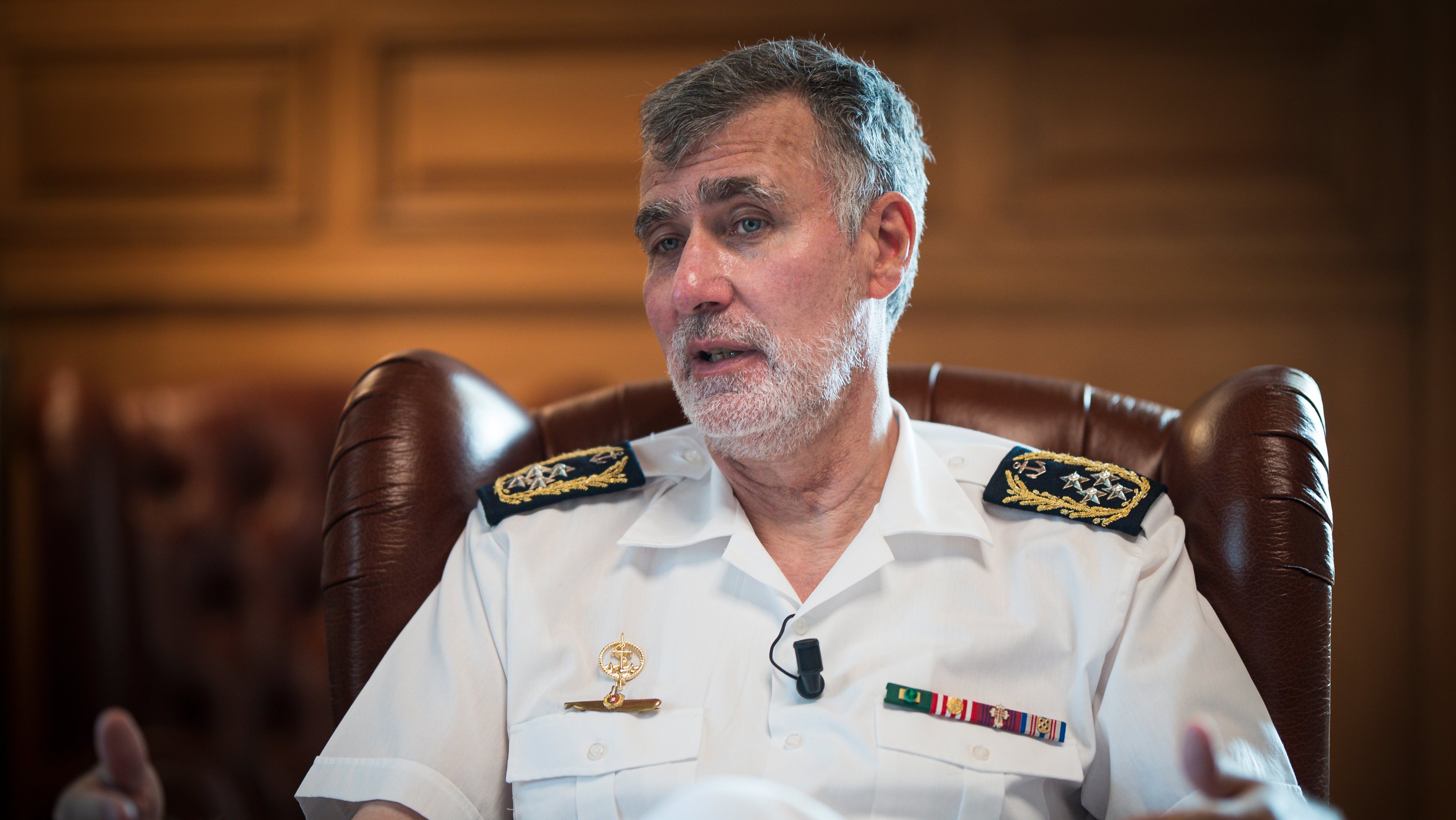The Chief of the Navy General Staff (CEMA), Admiral Henrique Gouveia e Melo, considered this Thursday that only with the involvement of academia and industry will it be possible to be at the forefront of the “technological guerrilla.”
The admiral was present for the last two weeks at REPMUS (Robotic experimentation and prototyping using unmanned maritime systems), an exercise that is a “field for large-scale experiments where the navies of the North Atlantic Treaty Organization [NATO] they can collaborate with each other, and with academia and industry, to develop and test unmanned systems, commonly known as ‘drones,’ according to Navy information.
At a press conference, at the NATO facilities in Oeiras (Lisbon district), Gouveia e Melo explained that the exercise provides “a quick way to develop new technologies and experiment with them”as well as a “rapid adaptation to the maritime environment and war capabilities.”
“Our goal is to be able to develop new systems at hypersonic speed,” he said.
Gouveio e Melo described that today there is an “asymmetric technological guerrilla warfare” and that NATO countries need to be at the forefront in “capabilities with the technology of the present, especially unmanned systems.”
Then, to describe the importance of this ‘tripartite’ association, the admiral made a comparison between the time it takes for this evolution to occur and “an elephant”.
there is a lot of inertia [no elefante] and take your time [a avançar]. If we think of a ship, it takes between 15 and 20 years to deliver it, train the crew and start operating. In this period, technology evolves tremendously. 50 years ago the technology gap was 20 years. Today there are only two. Every two years the technology is completely new,” he explained.
Through “this approach” that includes navies, universities and industries from different countries, “it will help the elephant to guide itself in the best way,” he added.
In 12 editions the number of countries and institutions involved grew and this year there was a total of 25 nations involved, including NATO member states and observers, for example, Brazil.
The information given to the media adds that “approximately 900 civilians and military” were part of REPMUS, as well as “600 crew members of the ships.”
As to droneswere involved in REPMUS22 around 40 drones underwater, 18 on the surface and 45 in the air.
REPMUS22 started on September 11 and will end on Friday. Over the course of two weeks, various tests of these technological systems were carried out on the Troia Peninsula, in the district of Setúbal.
Source: Observadora
